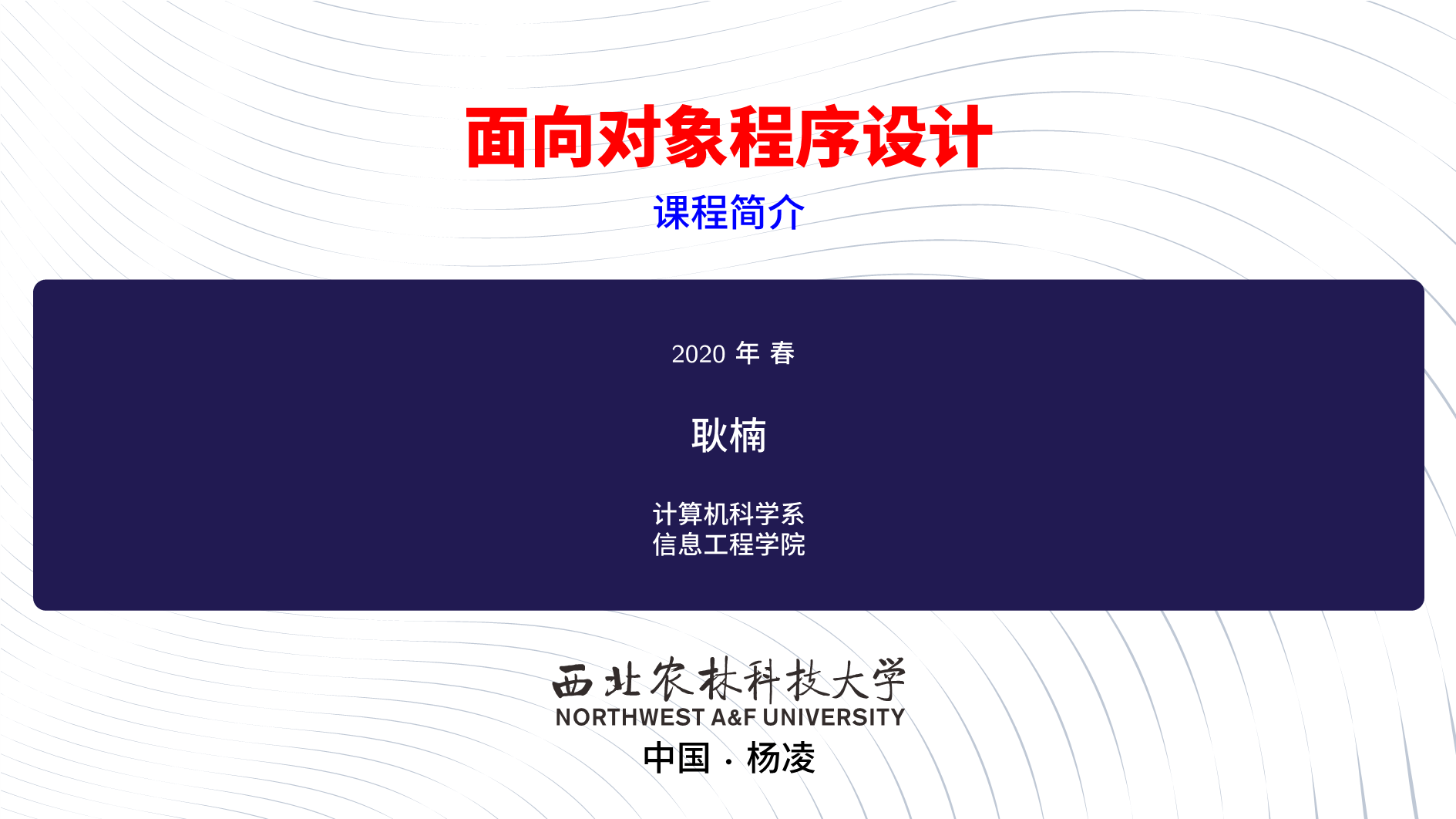发布时间:2010-10-15 19:15:57
文章类别:小技巧
原文地址:http://blog.sina.com.cn/s/blog_5e16f1770100m53m.html
QQ群:91940767/145316219/141877998/80300084/194770436
淘宝店:http://latexstudio.taobao.com
技巧续篇:http://latexstudio.net/
常见数学公式问题集下载
查了些资料都没找到解决的方法,是不是有什么方便的宏包?还是要怎么设置一下就OK了?
参看:
http://bbs.chinatex.org/forum.php?mod=viewthread&tid=3586&page=1&extra=#pid9792
问题解决方案:
日本人 93 年写的宏包即:1-in-2.sty。
测试文件和宏包下载地址:http://cid-3cfe530319707374.office.live.com/self.aspx/ChinaTeX/1-in-2/1-in-2test.rar
测试代码如下:
% sample is here : 1-in-2.tex
%
\documentclass[twocolumn]{article}
%
\usepackage{1-in-2}
\textwidth=420pt \textheight=600pt \columnsep=20pt
\newcommand{\bs}{{\tt\symbol{'134}}}
\newcommand{\fat}[1]{\mbox{\boldmath{$#1$}}}
%
\title{{\sc One-Column Abstract and Footnote \\
%
\author{{\sc an Author}\thanks{Institution of the first author,
%
%
%
\abstract{% No blank line
This is the main abstract.
Four functions related to `{\tt onecolumn}' output are added
in `{\tt twocolumn}' article.
1) footnotes created by {\bs}{\tt thanks} are set in one-column format.
2) abstract and keywords are put right below the author list in
one-column format.
3) the bottom of two columns at the last page is aligned so that
some text such as abstract can be put below in one-column format.
4) footnote of the textwidth can be set at any page.}
%
\keywords{two-column, one-column, maketitle, footnote}
%
\endabstract{% Yes blank line
This is the part of abstract at the end.
Four functions related to `{\tt onecolumn}' output are added
in `{\tt twocolumn}' article.
1) footnotes created by {\bs}{\tt thanks} are set in one-column format.
2) abstract and keywords are put right below the author list in
one-column format.
3) the bottom of two columns at the last page is aligned so that
some text such as abstract can be put below in one-column format.
4) footnote of the textwidth can be set at any page.}
%
\begin{document}
\maketitle
\section{PROBLEM}
As is often observed in the proceedings of engineering societies,
the manuscript is written in two-column format. But at the end
of the main body of the article, the abstract may be included in
one-column format.
Or, the abstract may be located at the beginning of the article,
but is not in the left-column where
the ordinary \verb+\begin{abstract}+ places the abstract.
Key words are also listed right below the main title.
Furthermore the footnotes about the title and authors are sometimes
set in one-column form within the two-column document.
It is easy to handle these kinds of outputs if one uses `multicol.sty'.
However, this style file inhibits us from using `floats'
within the column.
\section{MODIFICATION}
The one-column layout of abstract around the main title can be
specified by changing the definition of \verb+\@maketitle+.
Read the corresponding parts in the preamble of this document.
If one needs the abstract right below the title, it can be defined
by a command
\begin{quote}\verb+\abstract{....}+\end{quote}
where no blank line is permitted. If a couple of paragraphs are
needed within the abstract, change the way of definition of
\verb+\abstract+ to \verb+\long\def\abstract#1{...+.
One must be careful in using \verb+\verb+ within
\verb+\abstract+.
\begin{figure}[h]
\setlength{\unitlength}{1mm}
\begin{center}\begin{picture}(50,20)(0,0)
\framebox(50,20){{\sc Figure}}\end{picture}\end{center}
\caption{One-Column Figure}
\end{figure}
Key words can be defined similarly by a command (
\fbox{{\bs}{\tt rightfootnotepage}} may be put around here,
only when necessary.)
\begin{quote} \verb+\keywords{...}+ \end{quote}
which will appear in italic. Both \verb+\abstract+ and \verb+\keywords+
are not necessarily defined,
\end{document}
演示效果图如下:





发表评论 取消回复